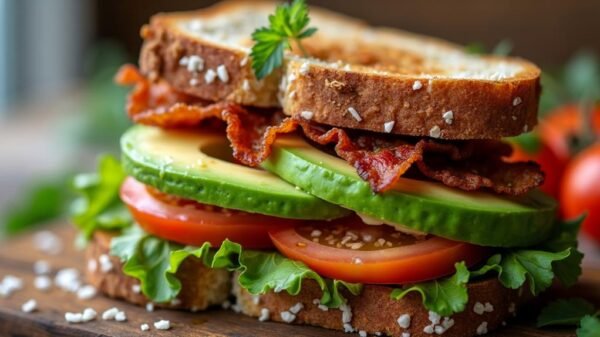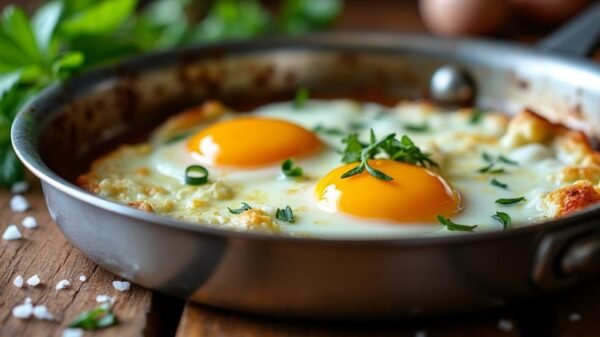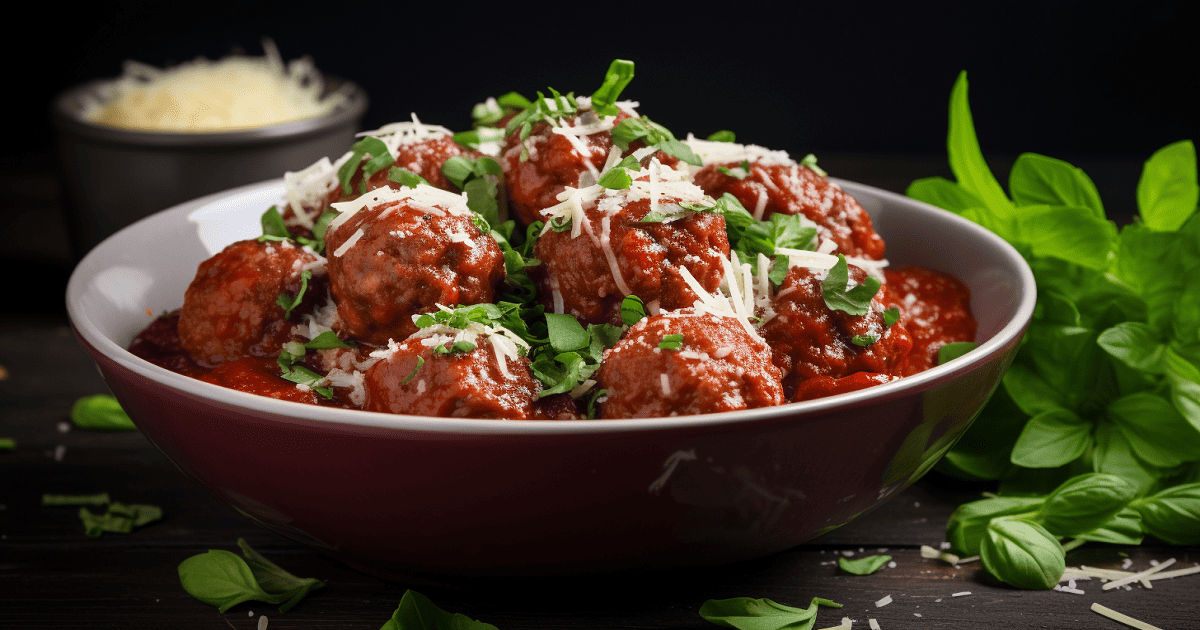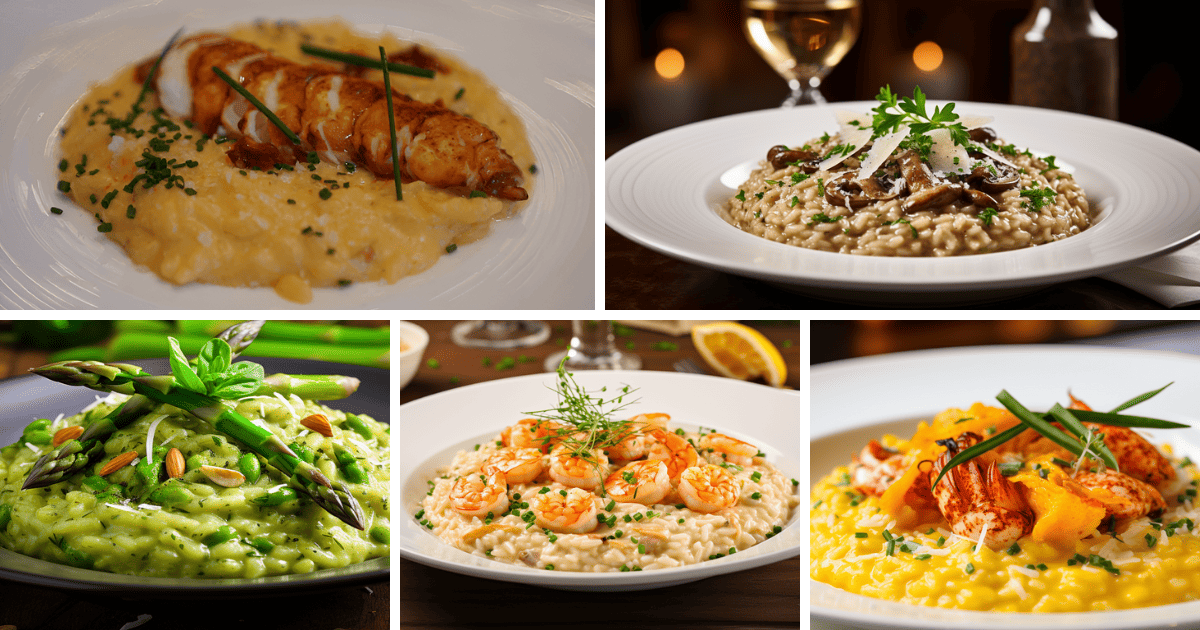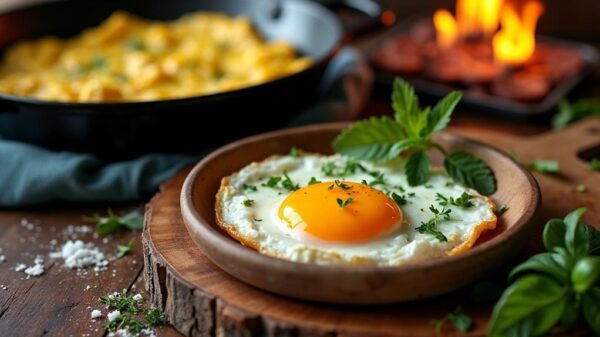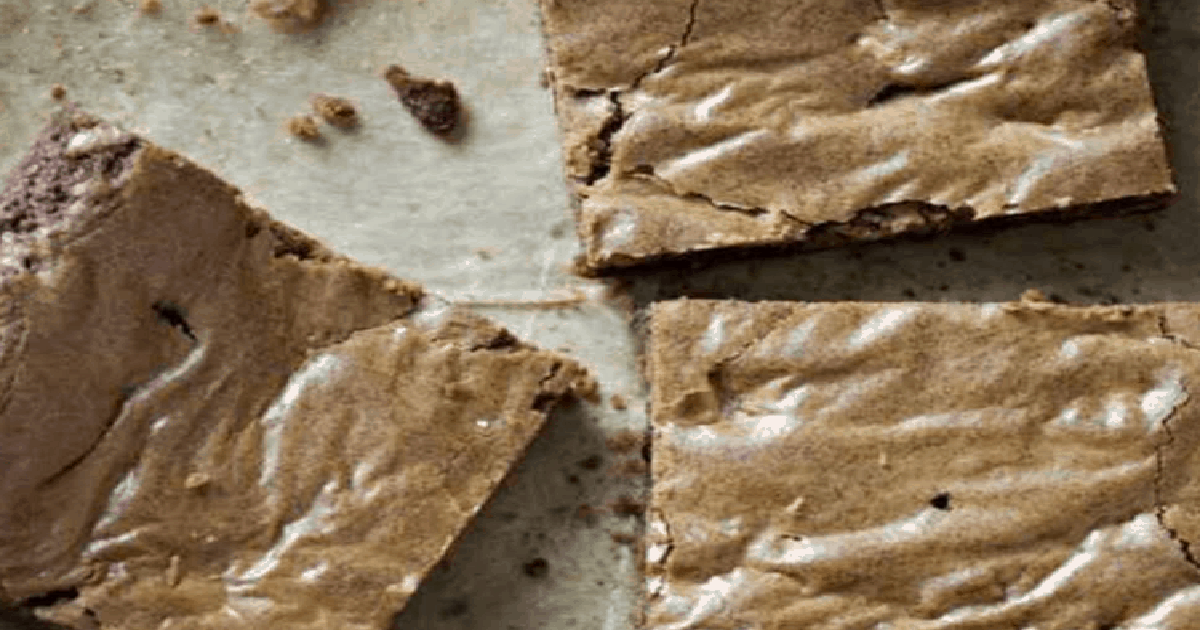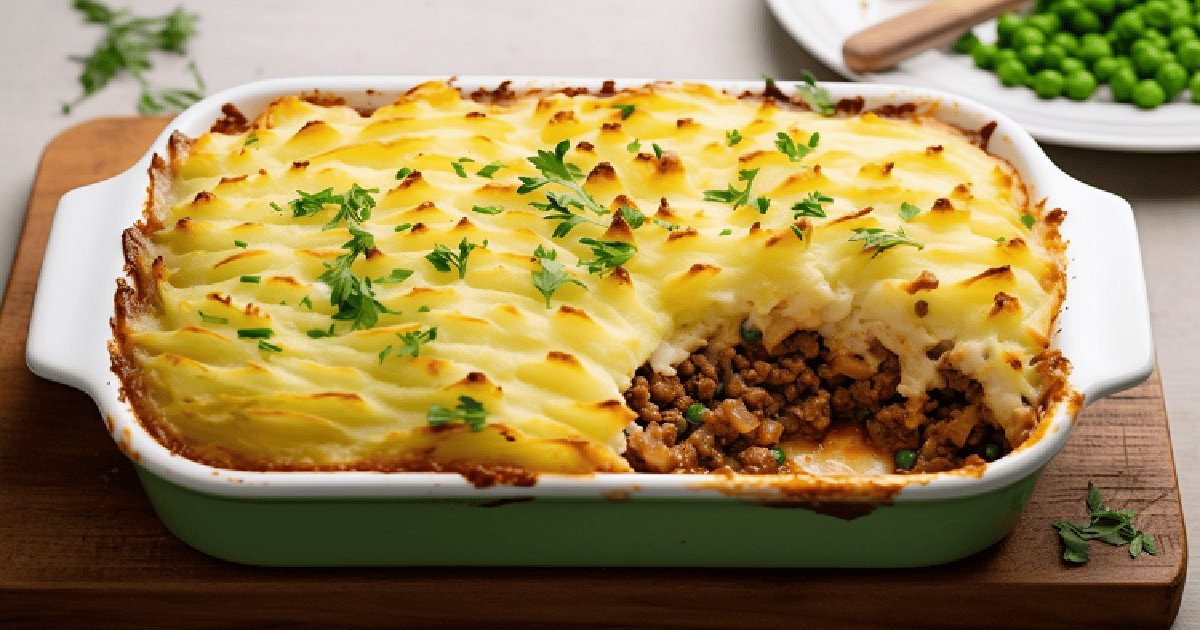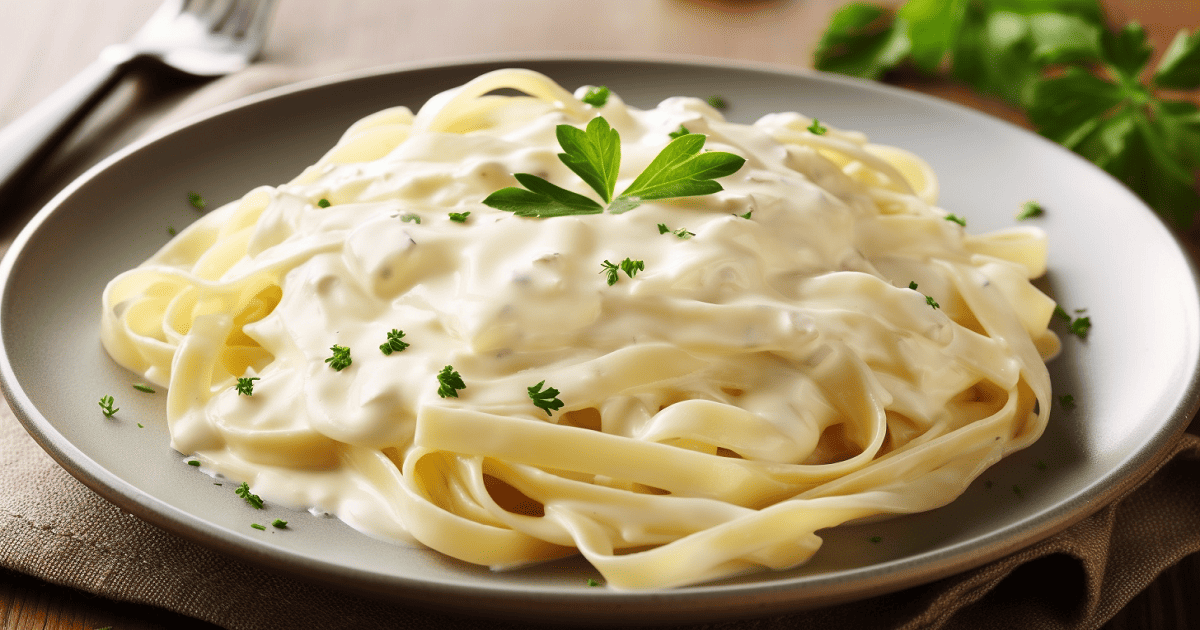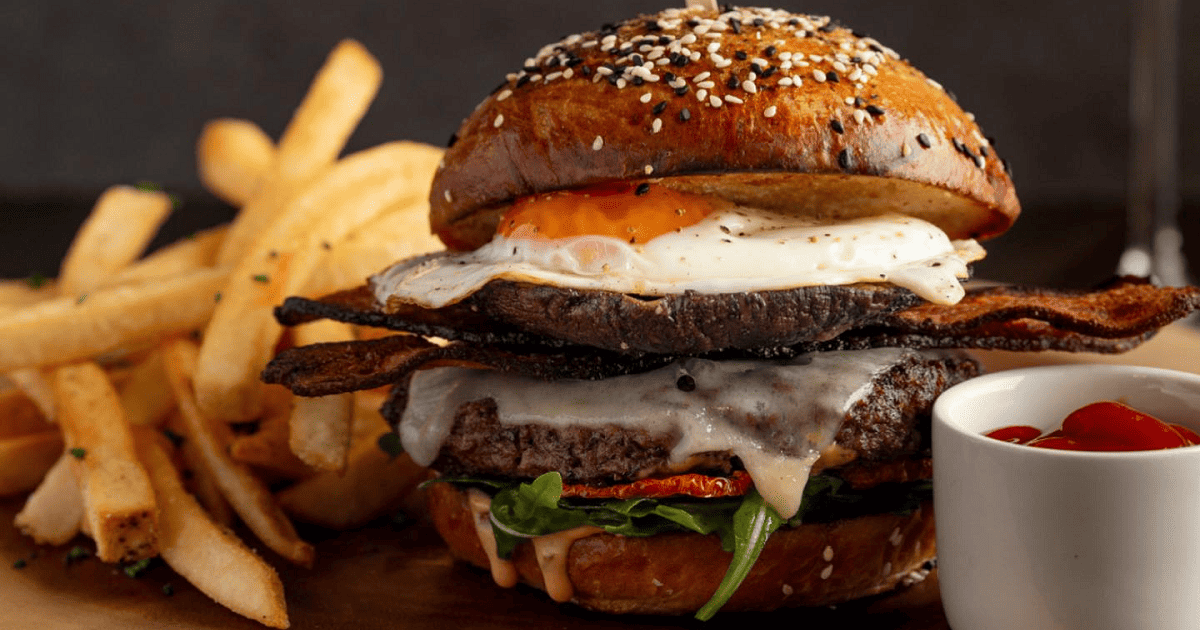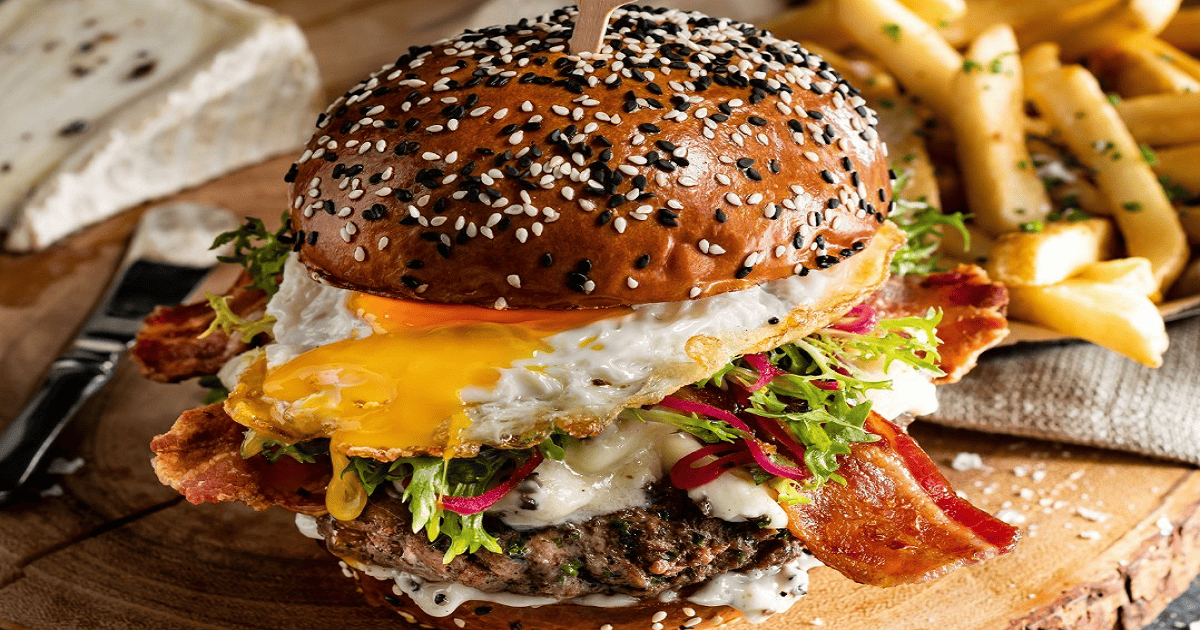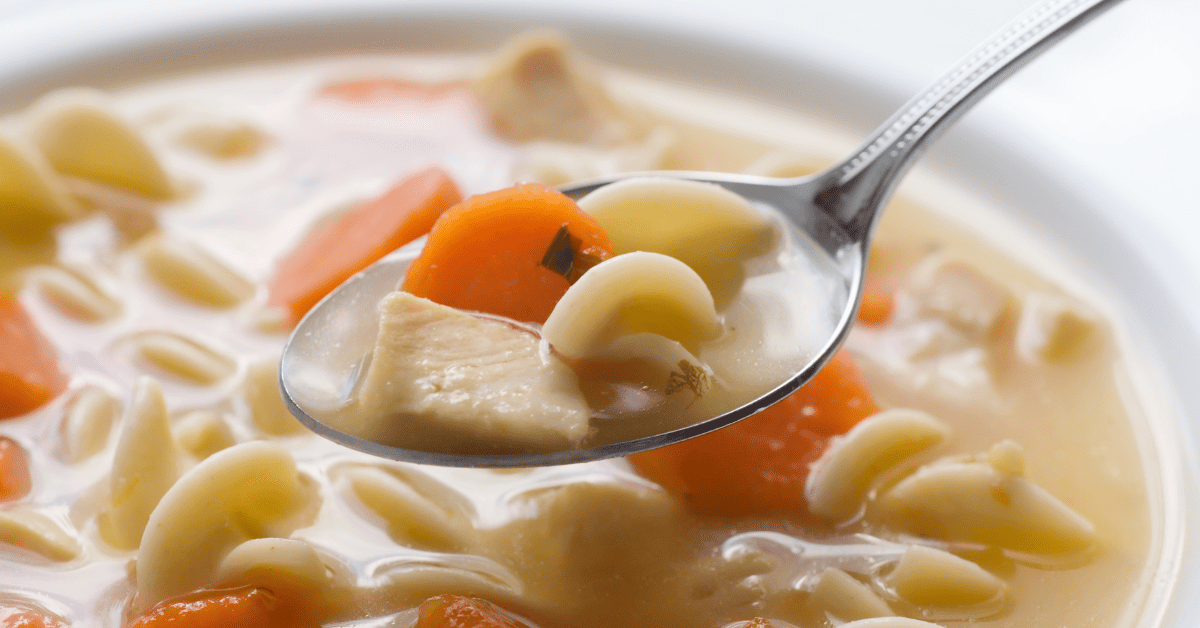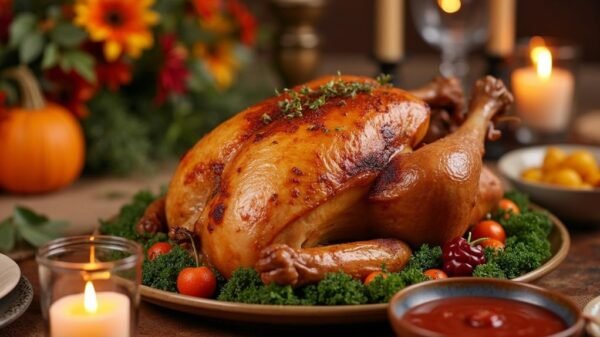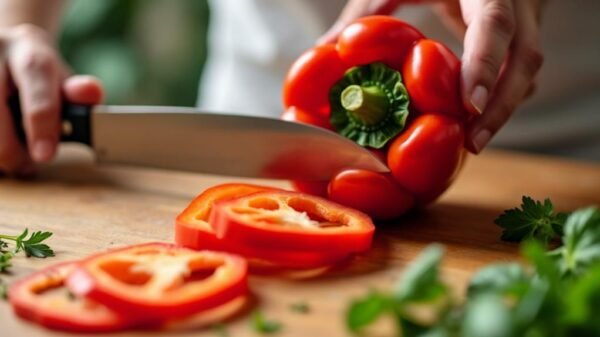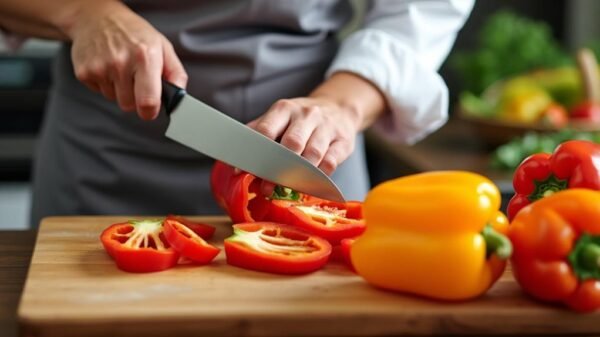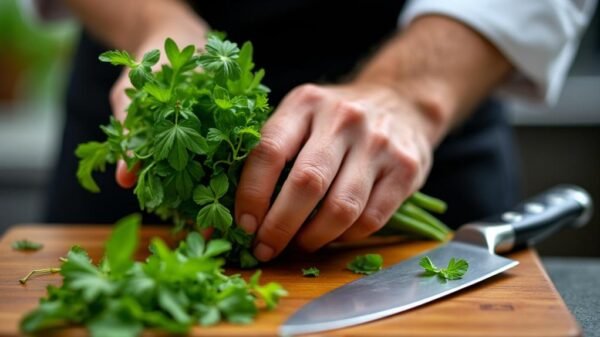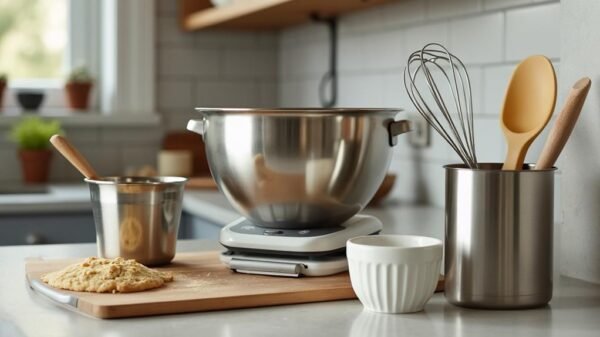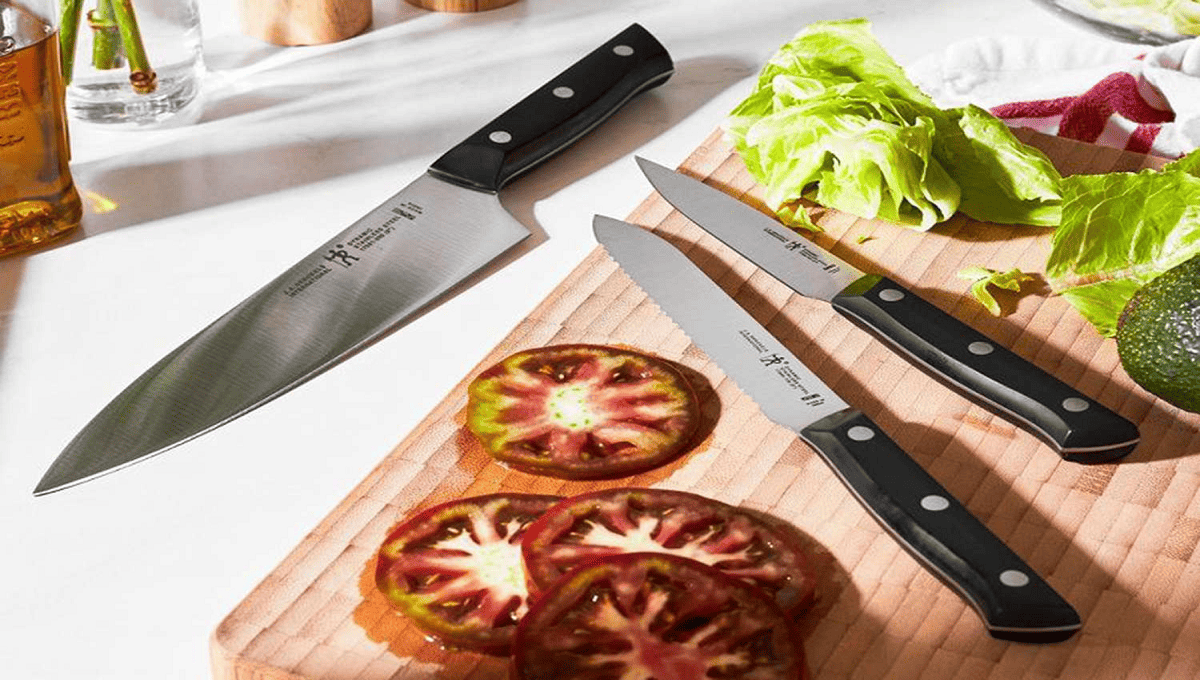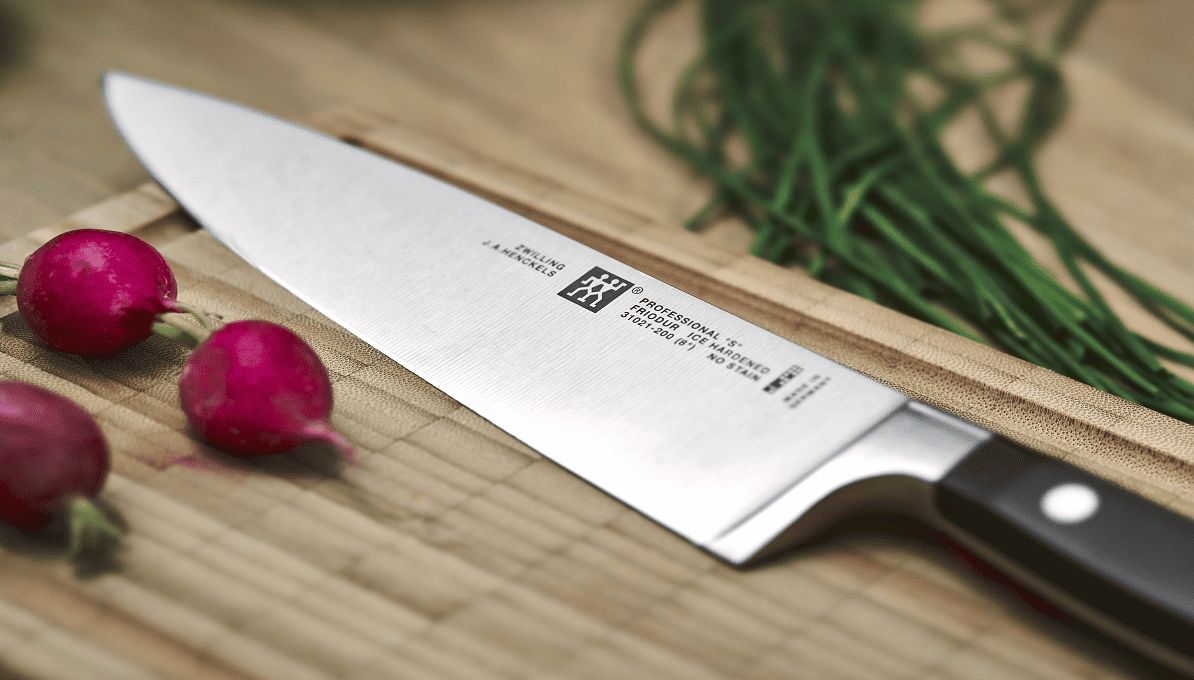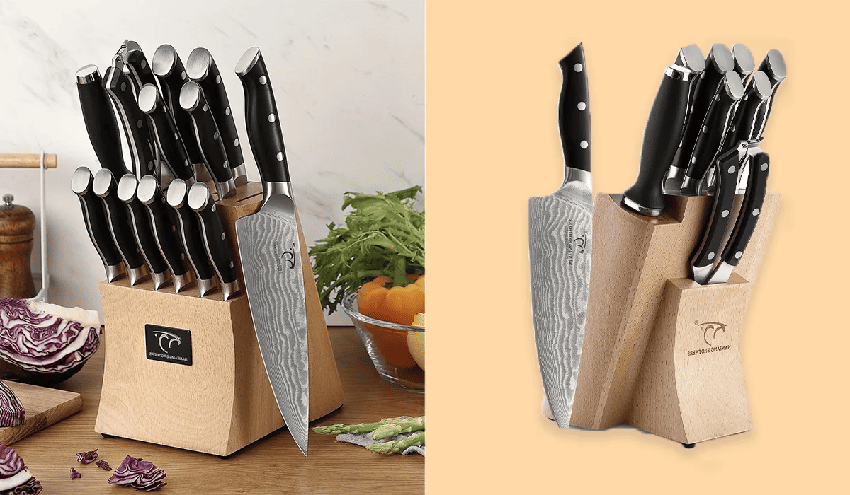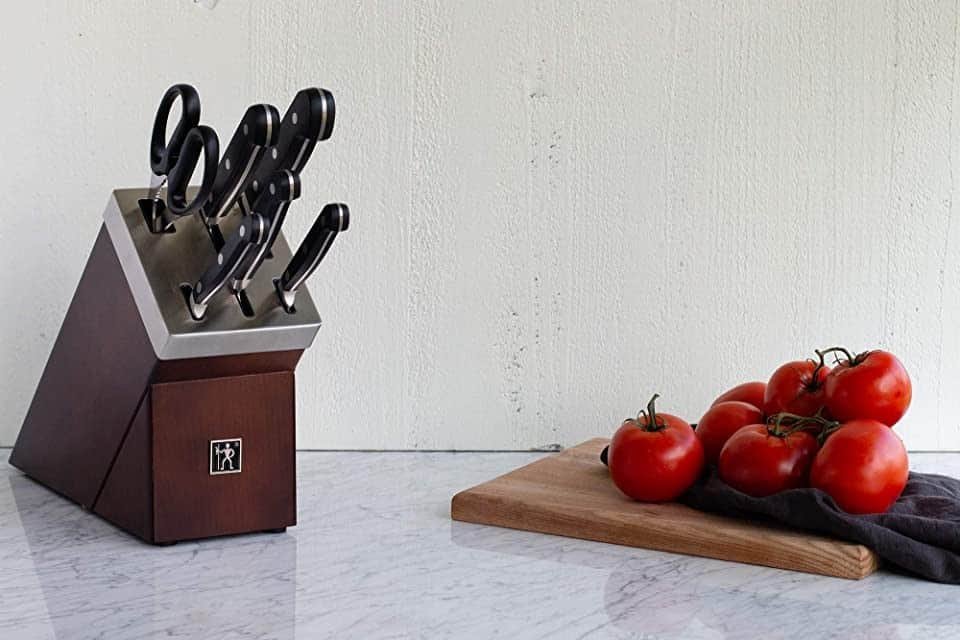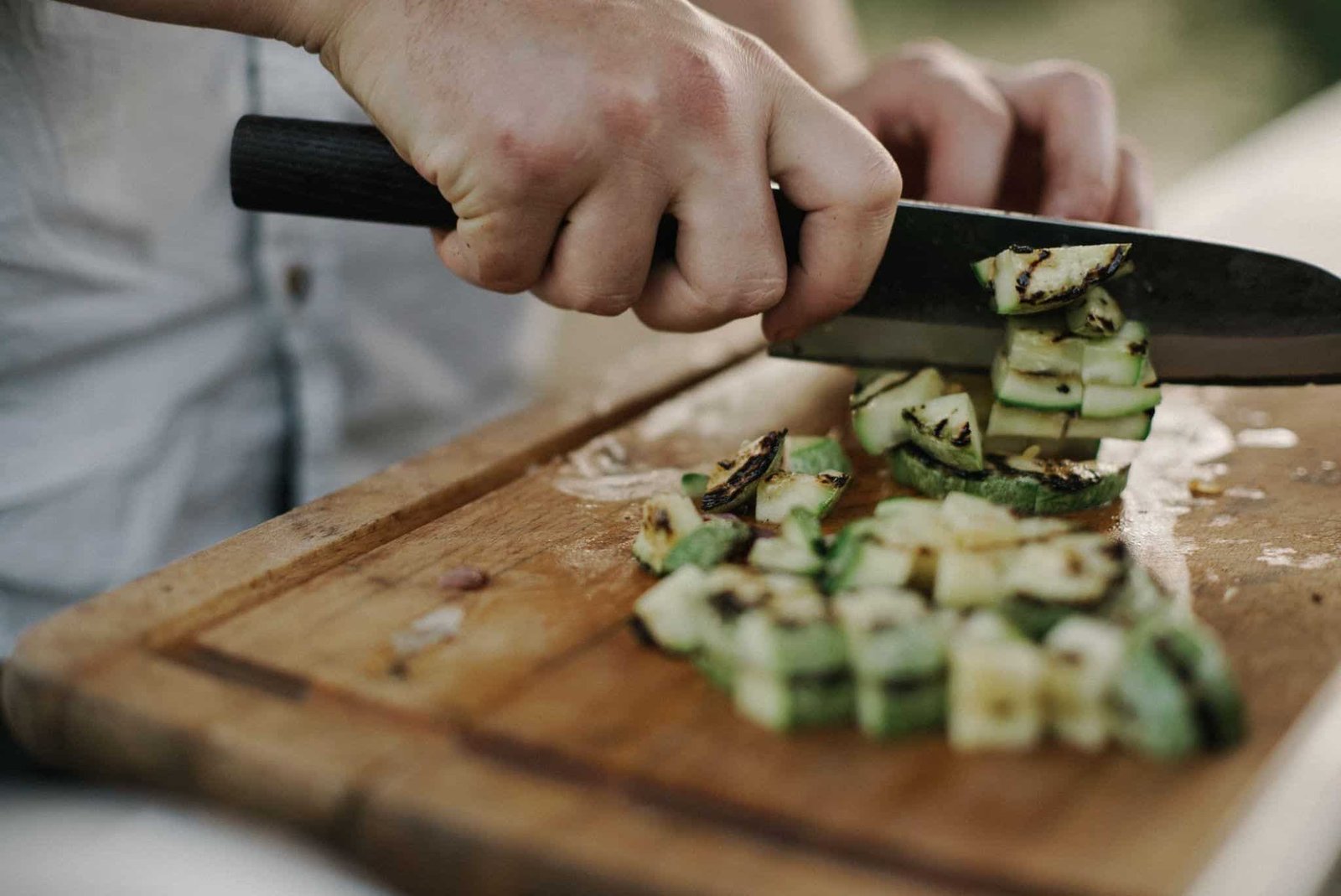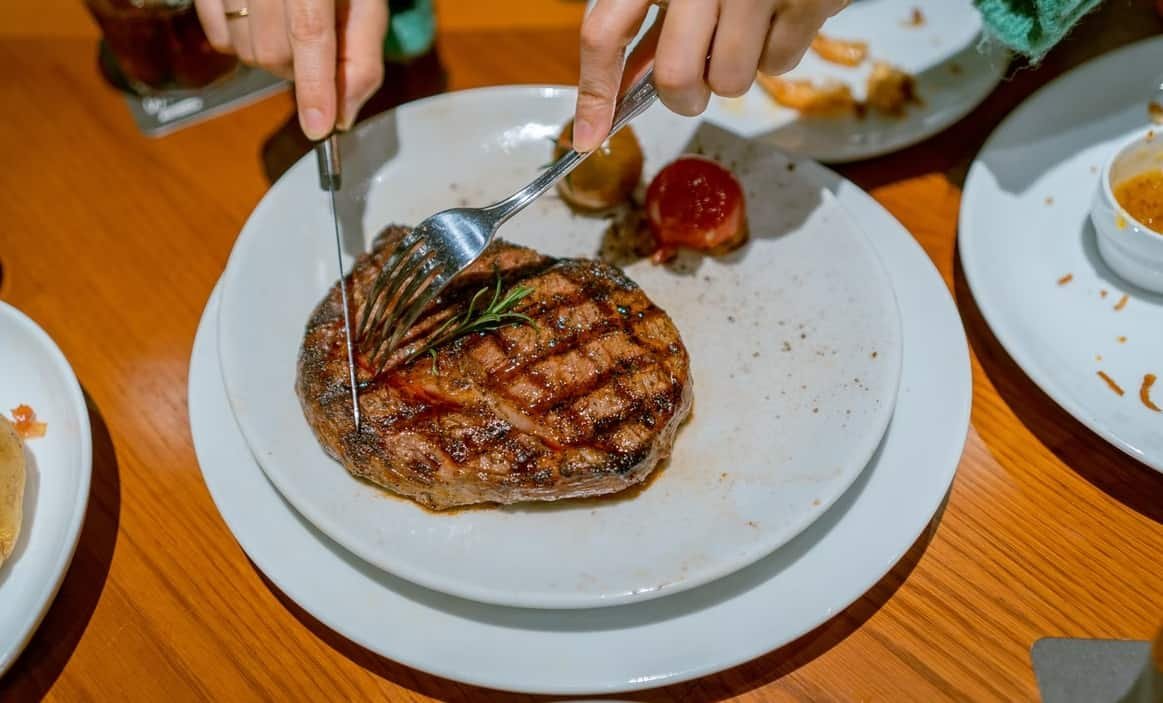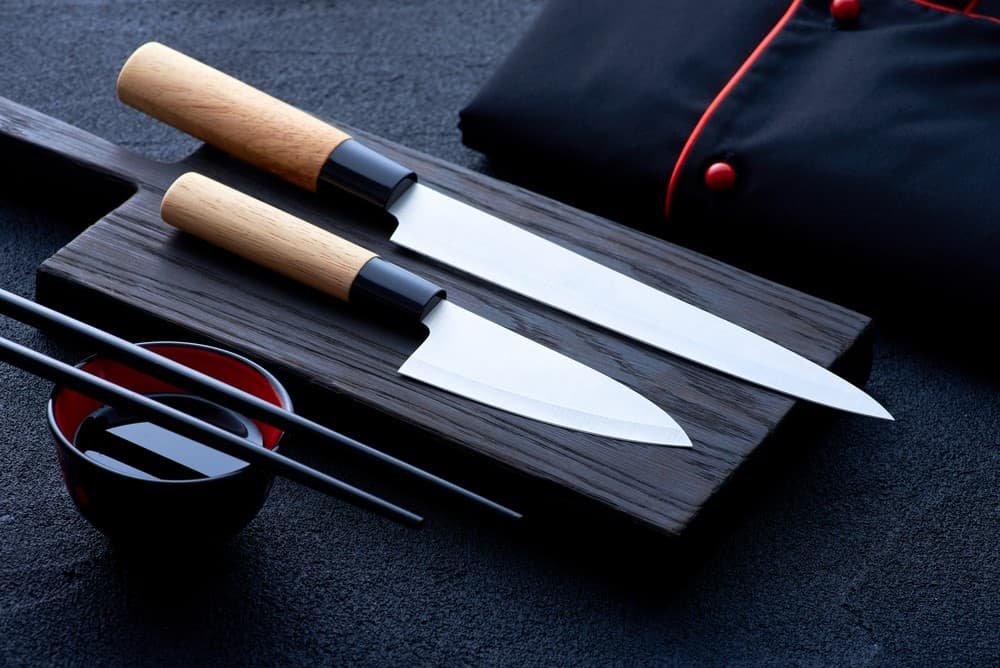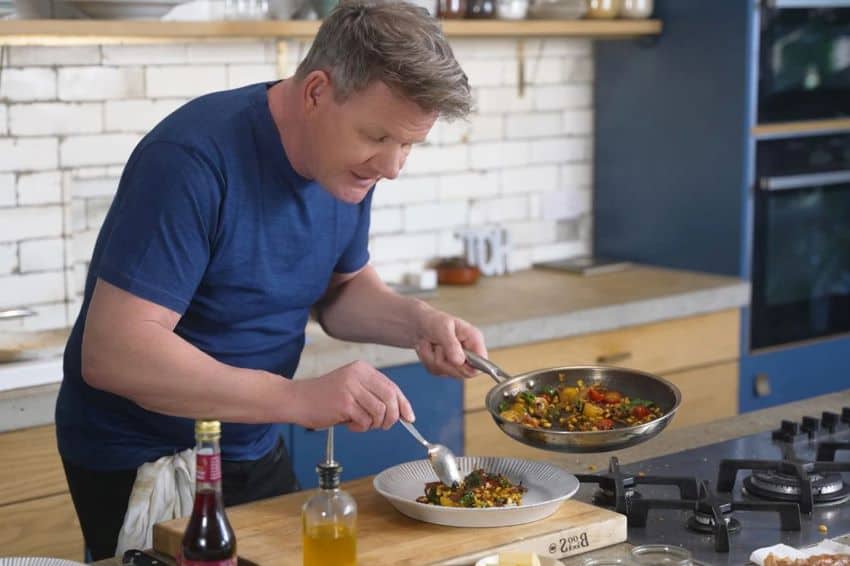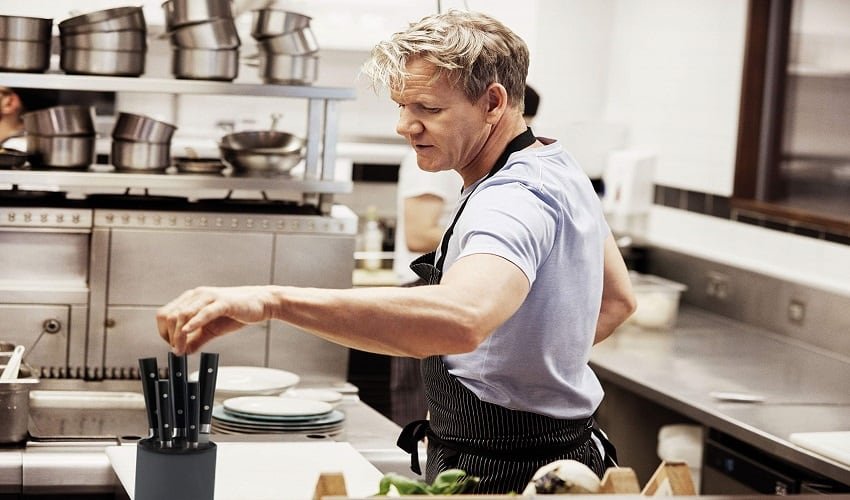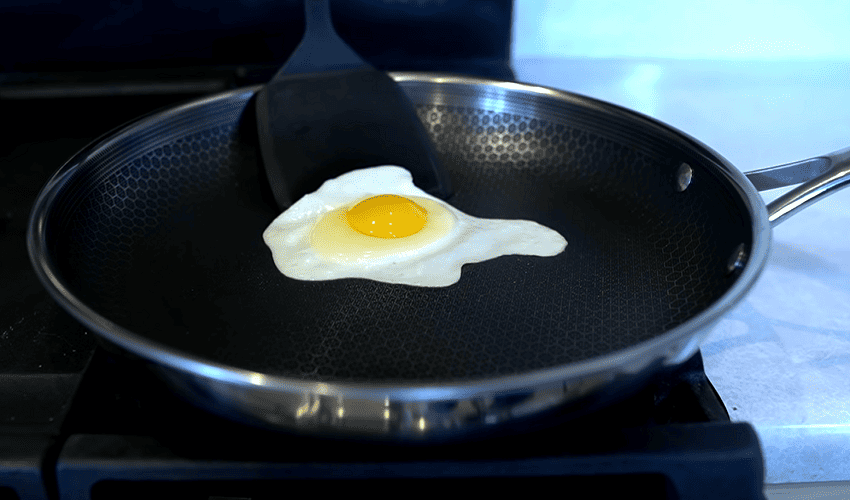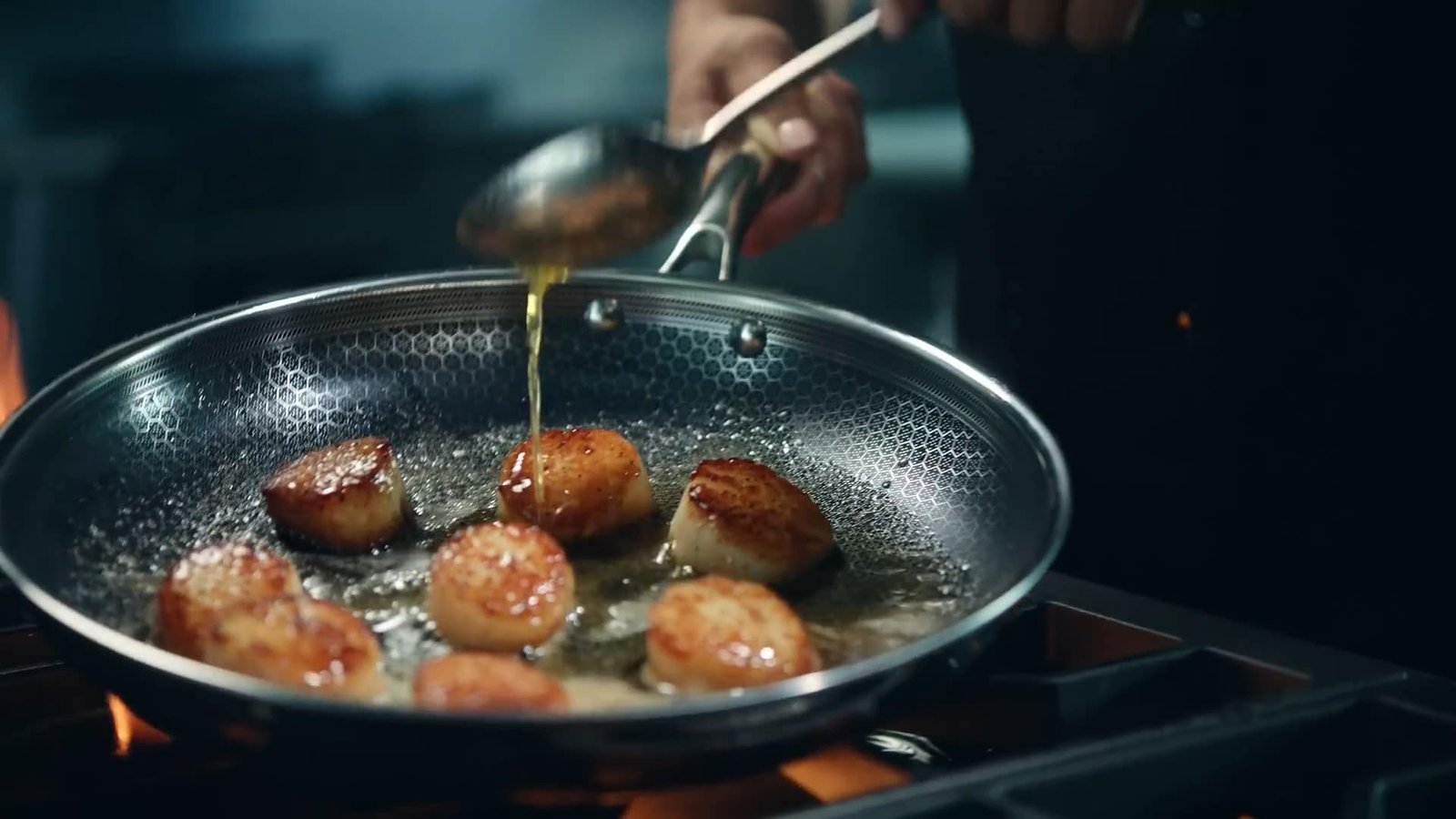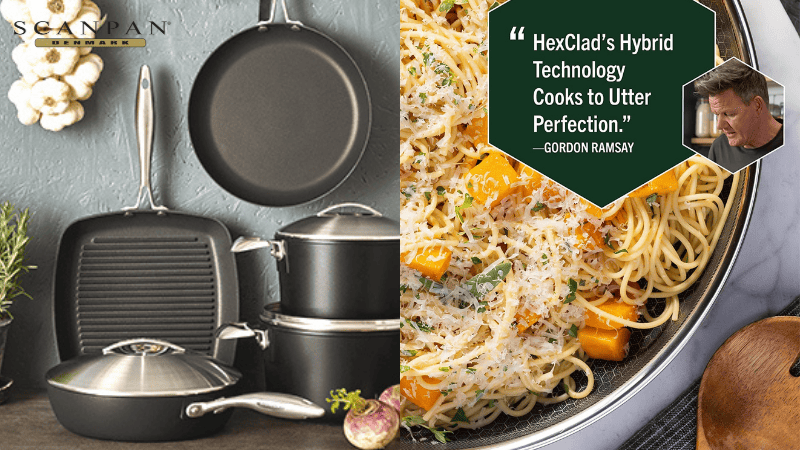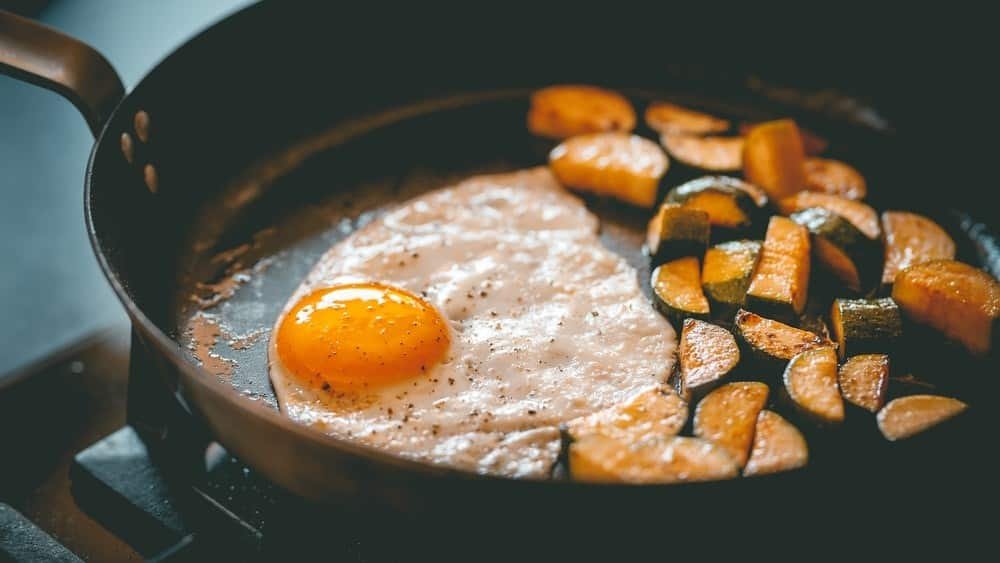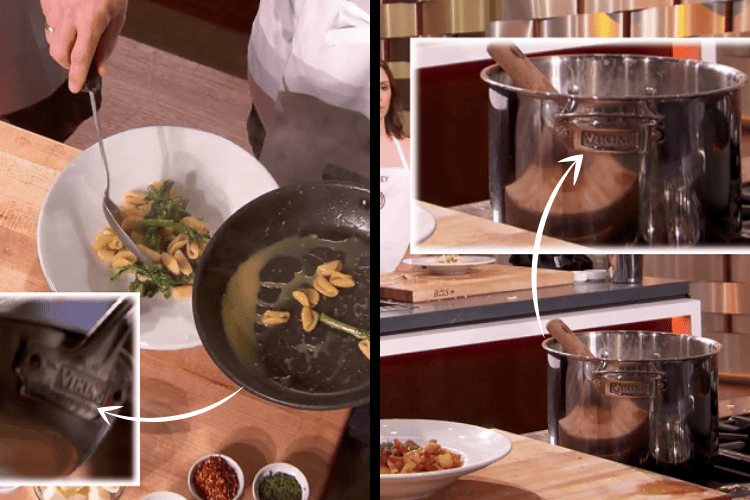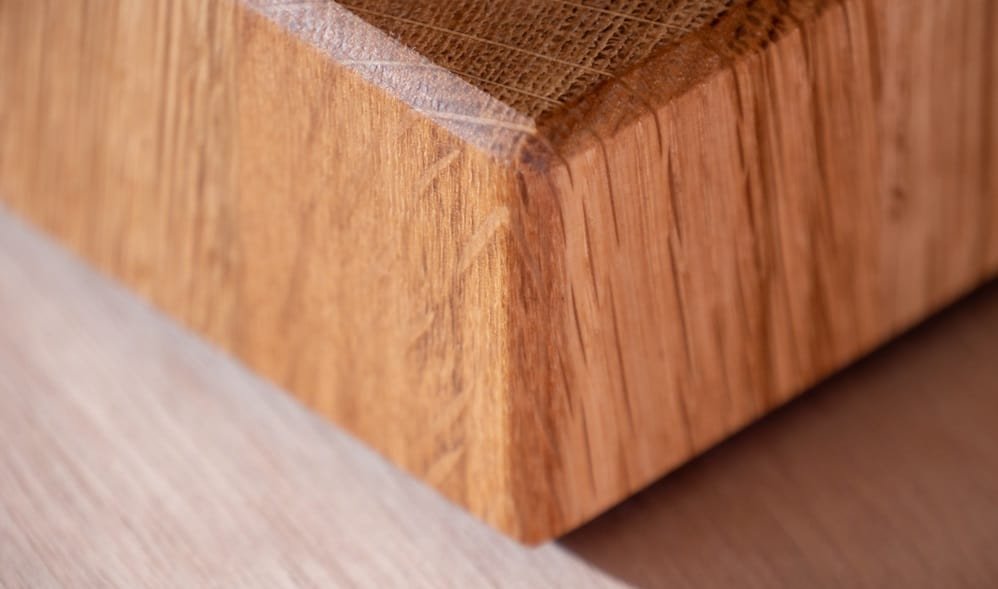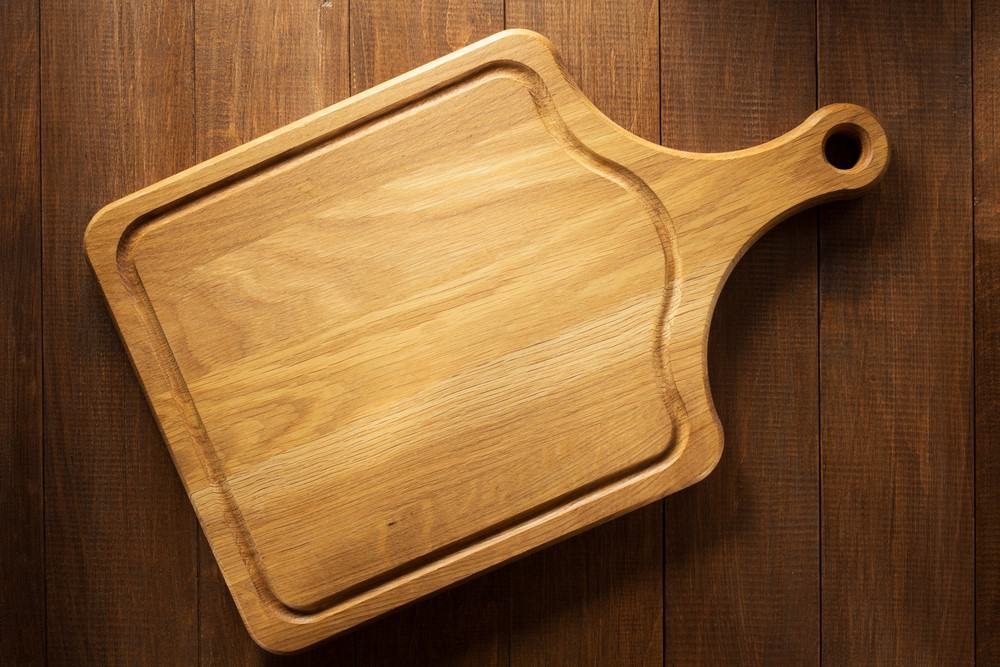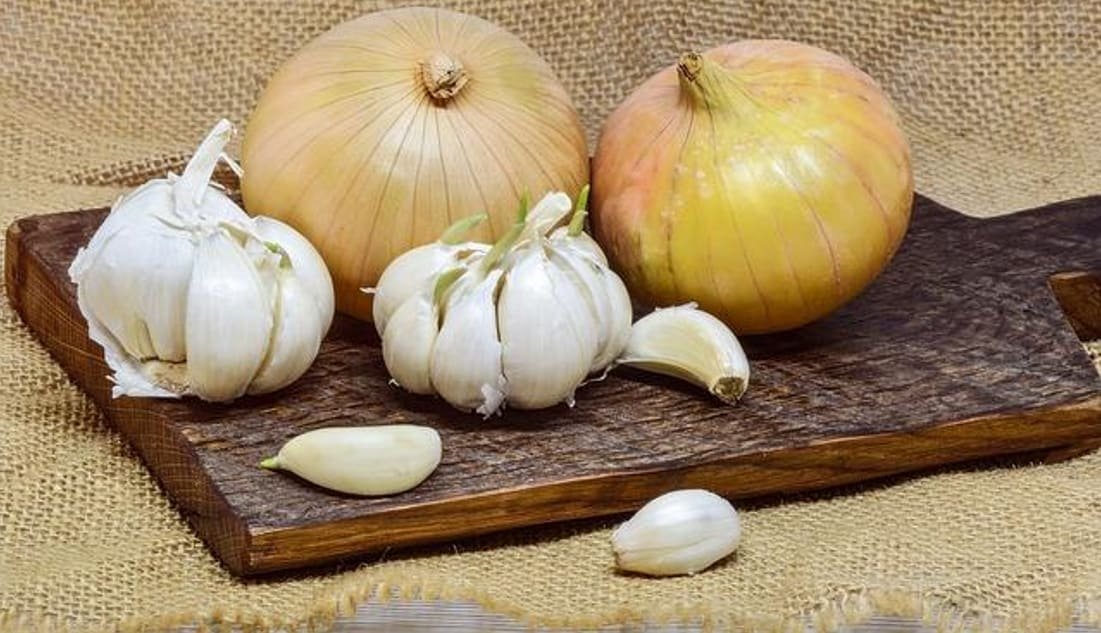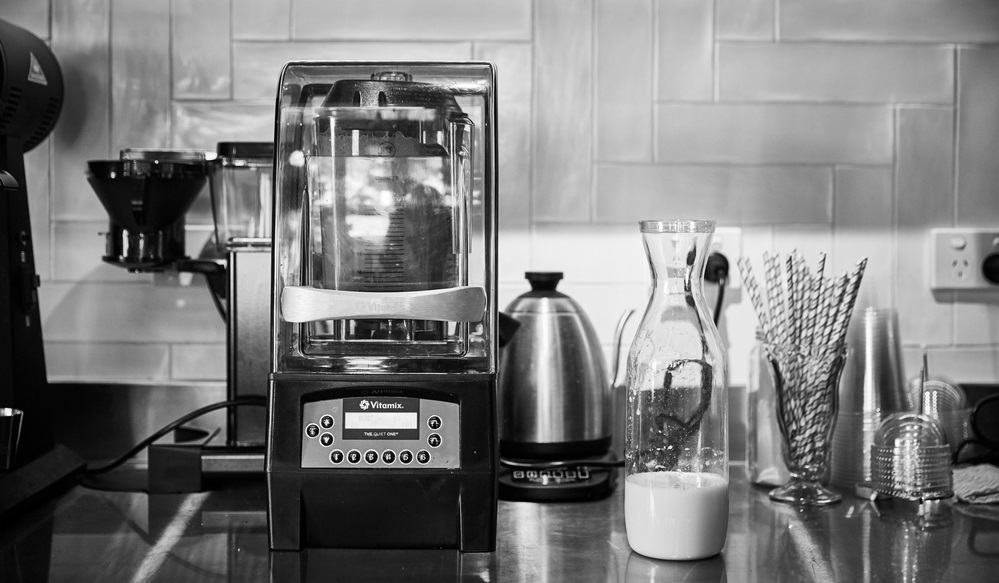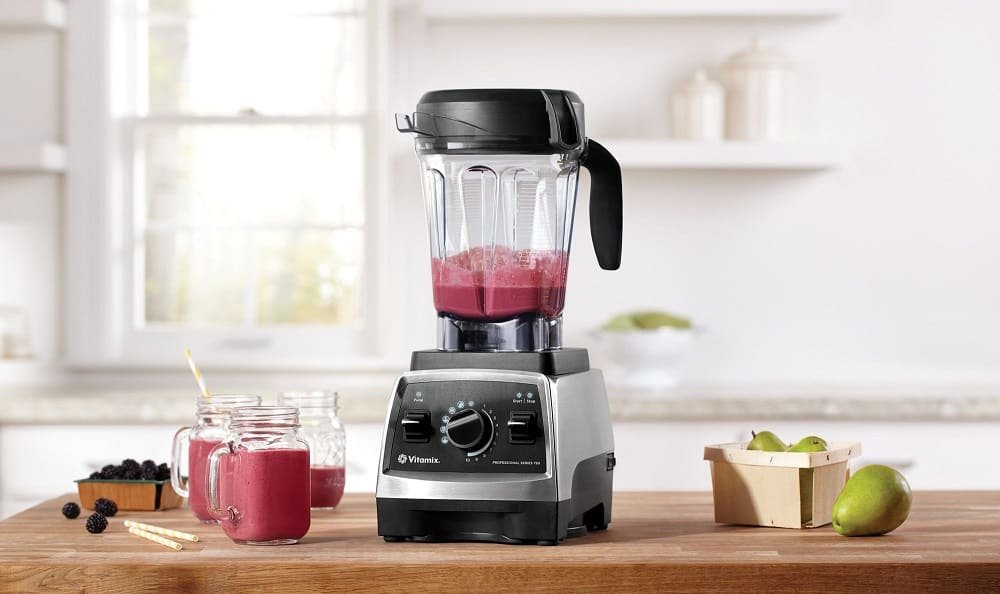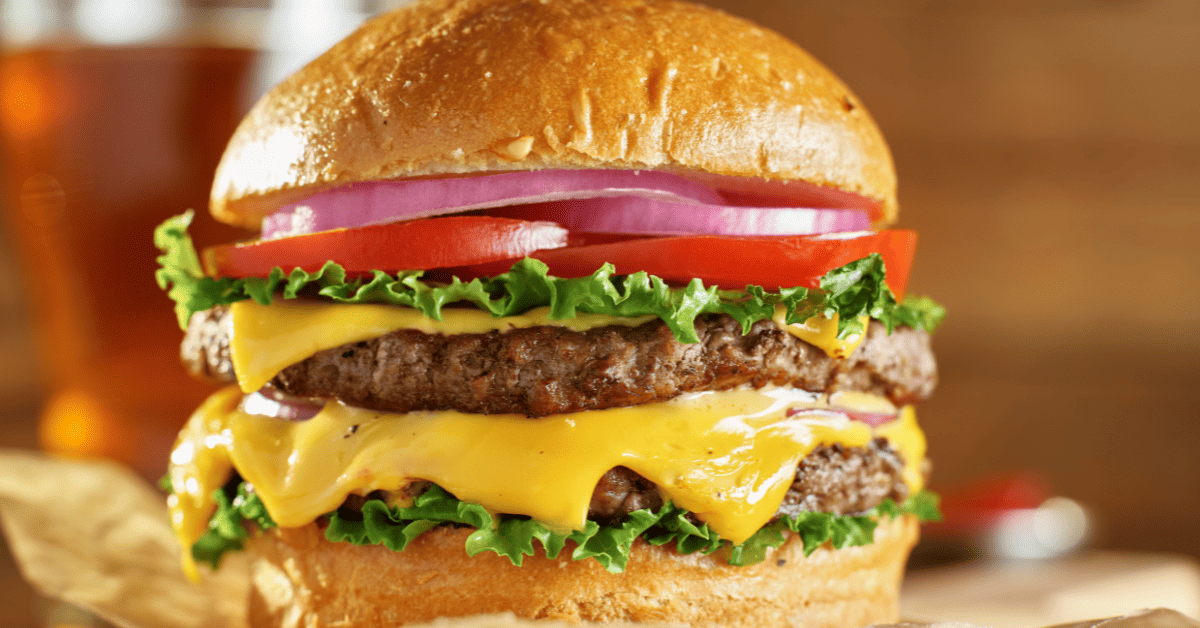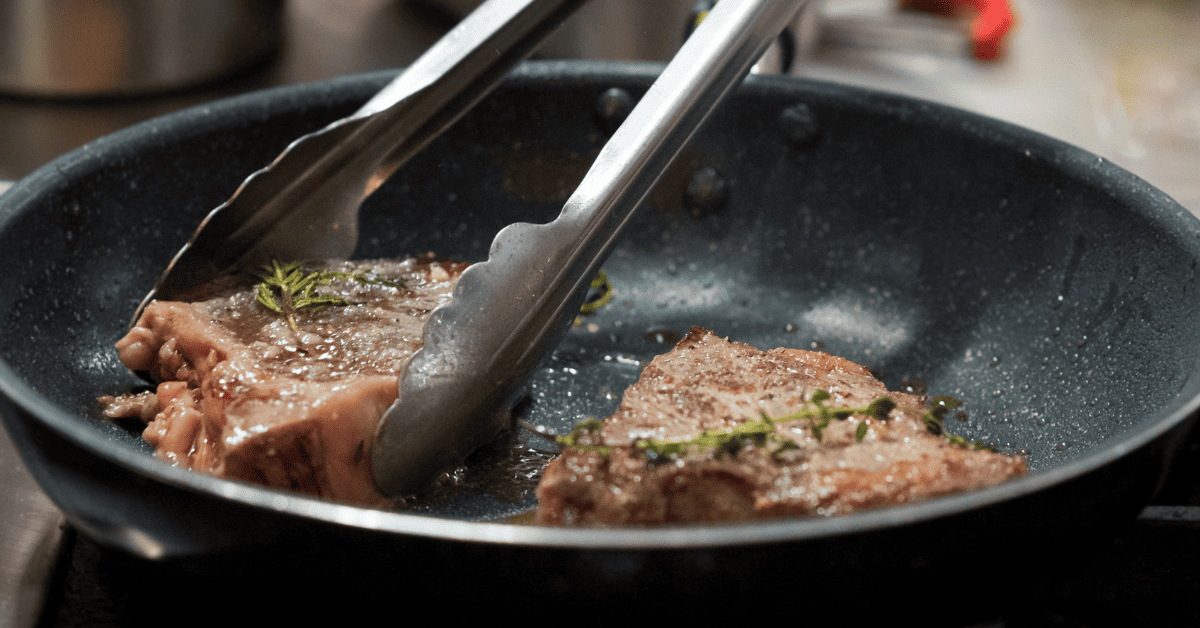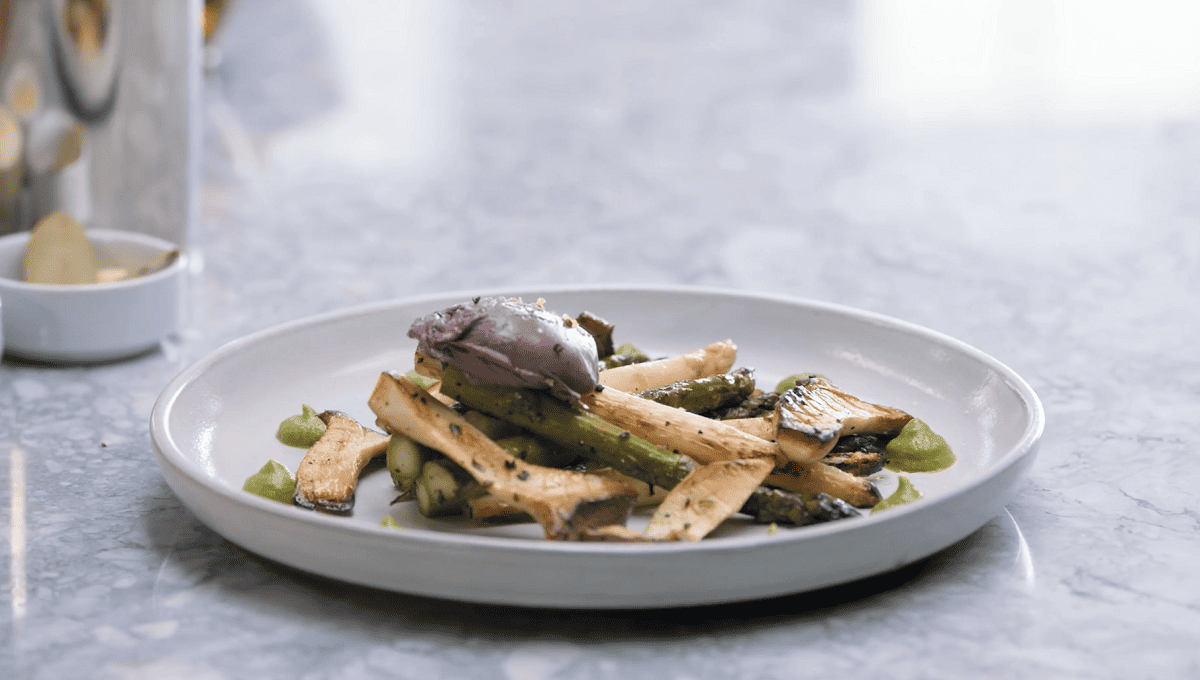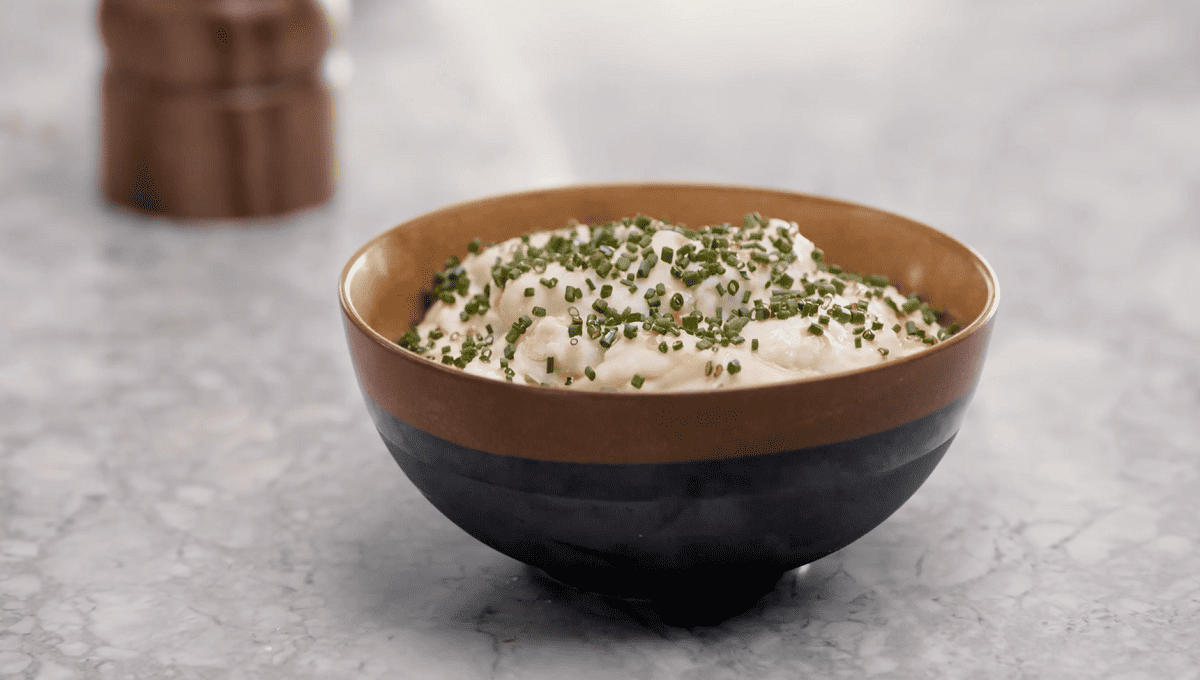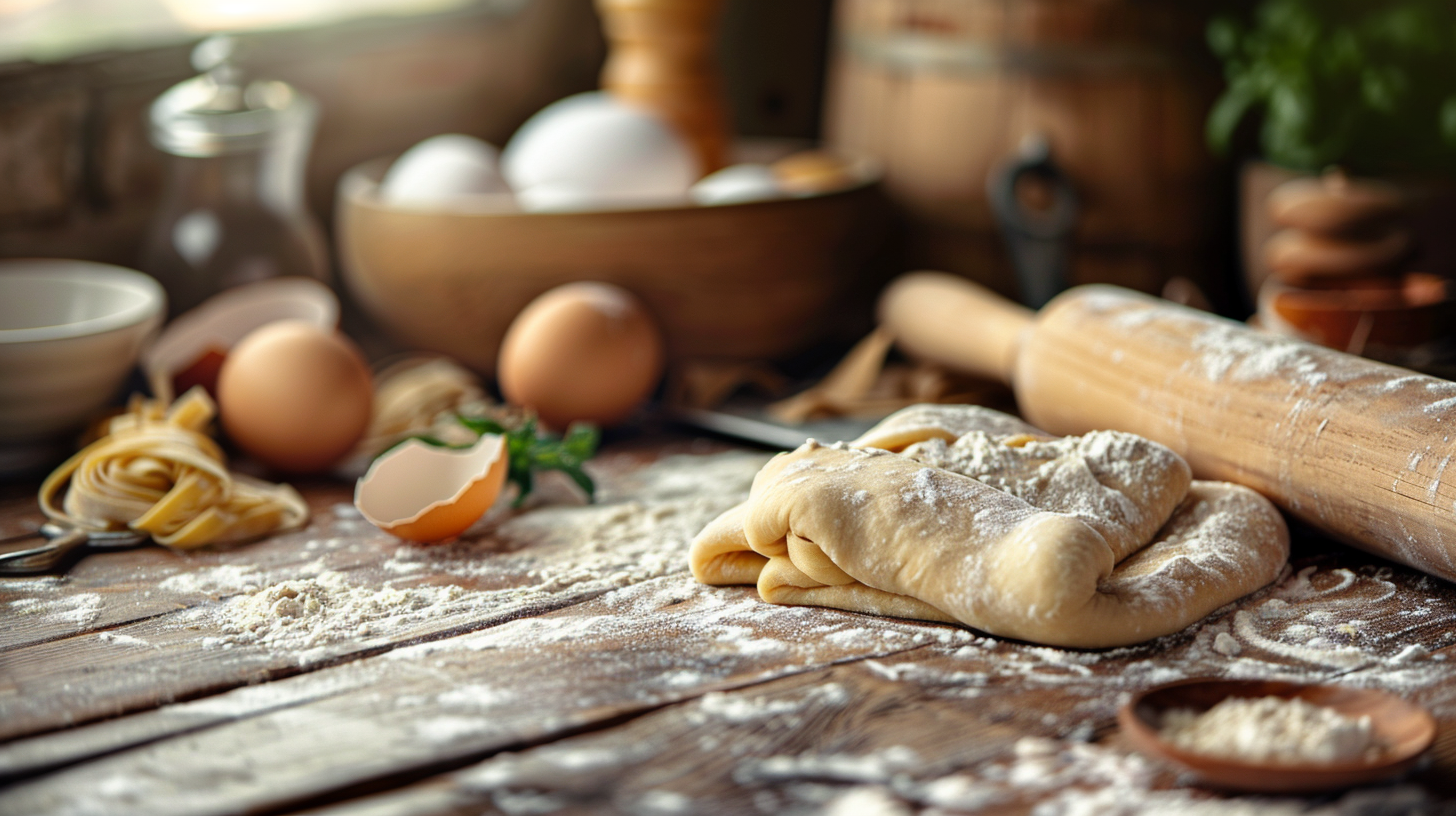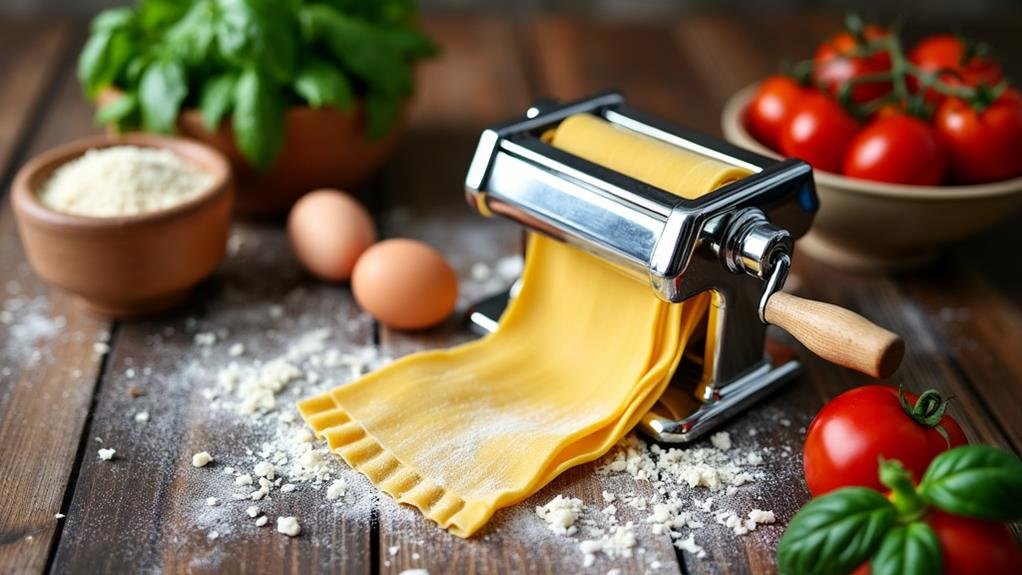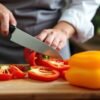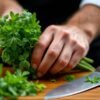To perfect Gordon Ramsay’s pasta dough, begin with essential ingredients: 00 (double zero) flour, farm-fresh eggs, olive oil, and a pinch of salt. Blend them to create a unified mixture, then work until it is smooth and flexible. After allowing it to rest in the refrigerator for 30 minutes, use a rolling pin or pasta machine to achieve your preferred thickness.
Cook the fresh pasta in boiling salted water, checking for the ideal al dente consistency. For the presentation, shape the pasta into orderly nests and adorn it with fresh toppings. Keep exploring to advance your homemade pasta skills even more.
Essential Ingredients for Pasta Dough

Essential ingredients play a vital role in creating the perfect pasta dough, achieving the desired texture and flavor. Flour and eggs serve as the primary components, providing structure and elasticity. As Chef Gordon Ramsay highlighted, including extra virgin olive oil is important, as it adds richness and enhances the overall taste of your dough.
Salt is also crucial, as it amplifies the flavor, making every bite more enjoyable. Lastly, water acts as a binding agent, ensuring a smooth and workable dough. By accurately measuring and combining these ingredients, you can produce a pasta dough that is not only delicious but also easy to manipulate, allowing for various pasta shapes and styles.
Necessary Equipment for Pasta Making

To create pasta dough successfully, you will require essential tools that simplify the process and ensure outstanding results. Begin with a rolling pin or a manual pasta machine; both are crucial for rolling out your dough. Opt for a cutting surface made from hardwoods such as maple or walnut to enhance your pasta-making experience, as these materials offer a durable surface that resists bacteria.
A pasta maker with adjustable thickness settings is especially useful, allowing you to achieve your desired pasta thickness effortlessly. Additionally, you will need a chef’s knife and a cutting board to shape the dough into various forms, adding creativity to your dishes.
The right tools guarantee that your homemade pasta is both effective and enjoyable. Employing techniques from culinary experts like Gordon Ramsay, gather these instruments, and you are set to embark on your pasta-making journey.
Step-by-Step Dough Preparation
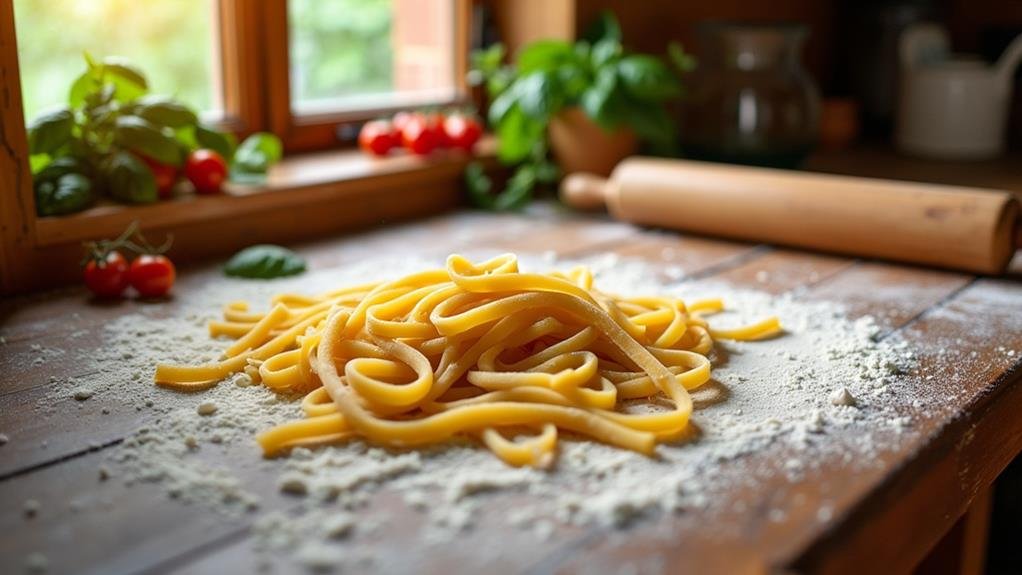
Crafting ideal pasta dough is a simple yet rewarding task that results in delightful dishes. Begin by mixing all-purpose flour, fresh eggs, and extra virgin olive oil in a Cuisinart food processor.
After blending, knead the mixture for approximately 2-3 minutes until the texture becomes smooth and elastic. Encase the dough in plastic wrap and place it in the refrigerator to rest for a minimum of 30 minutes; this phase is crucial for achieving the right consistency.
Here’s a brief outline of the procedure:
| Step | Action |
|---|---|
| 1. Combine Ingredients | All-purpose flour, fresh eggs, and extra virgin olive oil |
| 2. Knead Dough | 2-3 minutes until smooth and elastic |
| 3. Rest Dough | Wrap in plastic and chill for at least 30 minutes |
| 4. Roll and Cut | Utilize a KitchenAid pasta machine for desired shapes |
Now, you’re set to create your exquisite pasta!
Techniques for Rolling Out Dough

Rolling out pasta dough is a crucial process that forms the basis for your final culinary creation. Begin by dividing the dough into smaller, manageable portions; this makes the rolling task more straightforward. Ensure you are working with uncooked dough, as Gordon Ramsay emphasizes the necessity of fresh lasagna sheets for optimal ravioli crafting.
Take a rolling pin and gently flatten each piece before feeding it through a pasta machine. Adjust the machine’s thickness settings to achieve your desired dough thickness, ensuring consistent cooking results. Once the dough is rolled out, cut it into your preferred shapes, such as fettuccine or tagliatelle.
Remember, well-rolled dough is vital for obtaining the right texture in your pasta. By mastering these techniques, you’ll elevate your culinary skills and enjoy the freedom to create delectable, homemade pasta dishes.
Cooking Fresh Pasta Properly

After you’ve rolled out your pasta dough, it’s time to cook it properly to achieve that perfect al dente texture. Fresh pasta cooks quickly, so keep an eye on it. To ensure the best results, store the pasta in a sealed container if you’re not cooking it immediately. Here’s how to guarantee you get it just right:
- Bring a large pot of water to a vigorous boil.
- Add a generous amount of sea salt; it enhances the pasta’s flavor.
- Taste test frequently to avoid overcooking, which can lead to mushy noodles.
Cook your pasta for just a few minutes; it should be tender yet firm to the bite. Remember, you’re aiming for that delightful balance that elevates your dish. Enjoy the freedom of creating a meal that’s not just good but truly exceptional!
Tips for Presenting Pasta Dishes

Presenting pasta dishes can elevate your dining experience. For a stunning display, shape your tagliatelle into a neat nest at the center of the plate. Add a topping of sautéed cremini mushrooms, fresh garlic, and shallots for an enticing aroma.
A generous sprinkle of Parmigiano-Reggiano cheese adds richness and flair. For an elegant appearance, aim to keep your tagliatelle strands long and cohesive. Each component on the plate should be thoughtfully arranged to consider the overall presentation.
| Element | Tip |
|---|---|
| Tagliatelle | Create a nest for visual impact |
| Toppings | Incorporate sautéed cremini mushrooms, garlic, and shallots |
| Cheese | Generously add Parmigiano-Reggiano |
| Overall Aesthetics | Thoughtfully arrange each component |
Customer Feedback on Pasta Quality
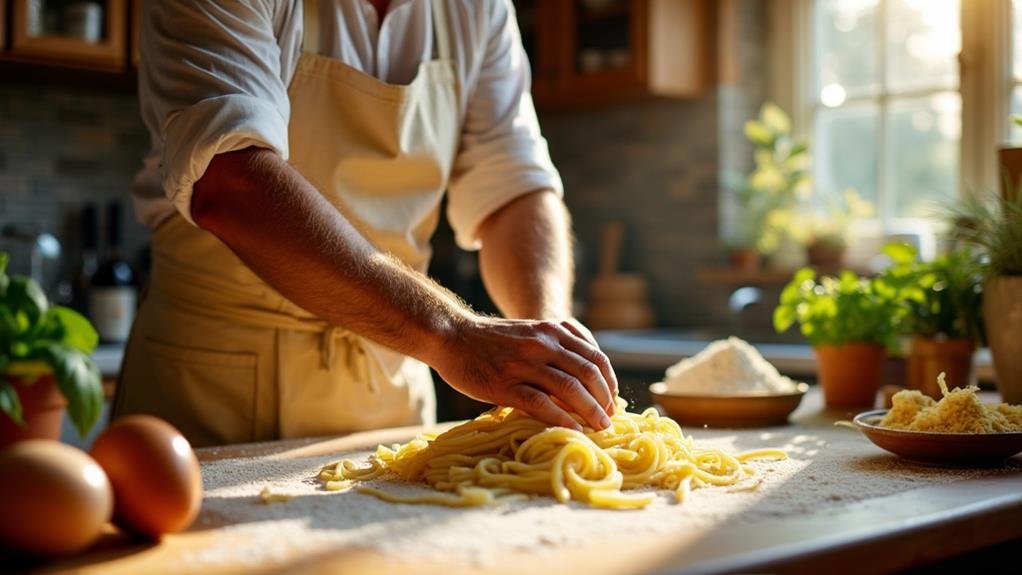
Customers rave about the exceptional quality of the pasta dough, making it a highlight of their dining experience. Diners often compare it to the renowned dishes served at Gordon Ramsay’s Hell’s Kitchen. Three standout features include:
- The flavor and seasoning create a harmonious blend that delights the taste buds.
- Patrons enjoy the expertly blended mixture of mushrooms, garlic, and herbs, demonstrating the pasta’s adaptability.
- The unique flavors come alive, ensuring the pasta dough is a remarkable component in each bite.
Kitchen Dynamics for Success
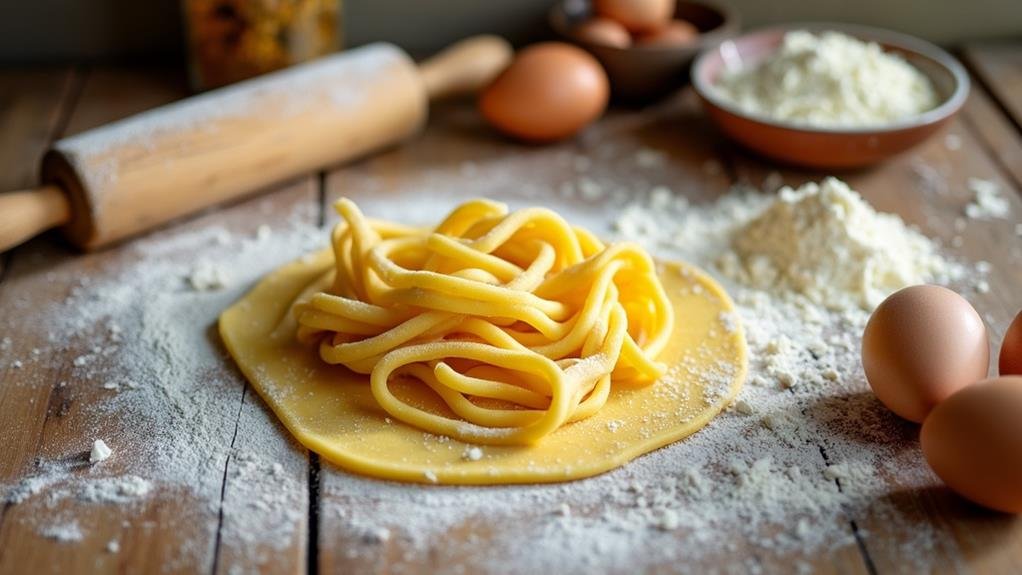
Success in the kitchen depends on effective dynamics among the culinary team. When preparing fresh pasta, maintaining a brisk tempo and staying vigilant is crucial. As you refine techniques like achieving crispy salmon skin with brands such as Wild Alaskan Company, you’ll discover that clear communication and coordination among kitchen staff foster a smoother workflow while crafting delicious pasta dishes.
Paying keen attention to detail ensures each ingredient is executed precisely, meeting the high standards set by celebrity chef Gordon Ramsay. Collaborating as a unified team is essential; it’s not solely about individual skills but about how well you work together.
Strive for efficiency, accuracy, and teamwork, and you’ll create outstanding pasta dishes. Remember, the kitchen operates like a symphony of culinary skills, and your role is to harmonize with your colleagues for gastronomic success.
Gordon Ramsay’s Culinary Philosophy

Gordon Ramsay’s culinary approach showcases a harmonious blend of essential elements. He prioritizes the use of premium, seasonal produce while perfecting foundational techniques, such as crafting homemade Gordon Ramsay Fresh Pasta Dough. His philosophy revolves around the concept of minimalism, highlighting the natural flavors of the ingredients. Here are three core tenets of Ramsay’s culinary ethos:
- Premium Produce: Seasonal freshness enhances taste and elevates your dishes.
- Fundamental Skills: Techniques like pasta-making are crucial for every culinary artist.
- Meticulous Craftsmanship: Precision is vital; minute adjustments can elevate a dish significantly.
FAQs
How Does Gordon Ramsay Cook Pasta?
To cook pasta perfectly, boil water with plenty of salt and add the pasta. Keep an eye on it so you don’t overcook; aim for that delightful al dente texture every time. Enjoy!
Which Flour Is Best for Pasta Dough?
When selecting flour for pasta dough, consider your desired texture. Semolina offers chewiness, all-purpose gives softness, and durum wheat provides strength. Experiment with whole wheat for a healthier, nuttier alternative that you might enjoy.
What Recipe Is Gordon Ramsay Famous For?
You might be curious about what recipe has made Gordon Ramsay famous. His signature dishes often combine fresh ingredients, like pasta or seafood, showcasing bold flavors and meticulous techniques that transform simple meals into culinary masterpieces.
Is Pasta Dough the Same as Pizza Dough?
No, pasta dough isn’t the same as pizza dough. Pasta dough has more eggs, creating a delicate texture, while pizza dough uses water and yeast for a thicker, chewier crust. Enjoy experimenting!


